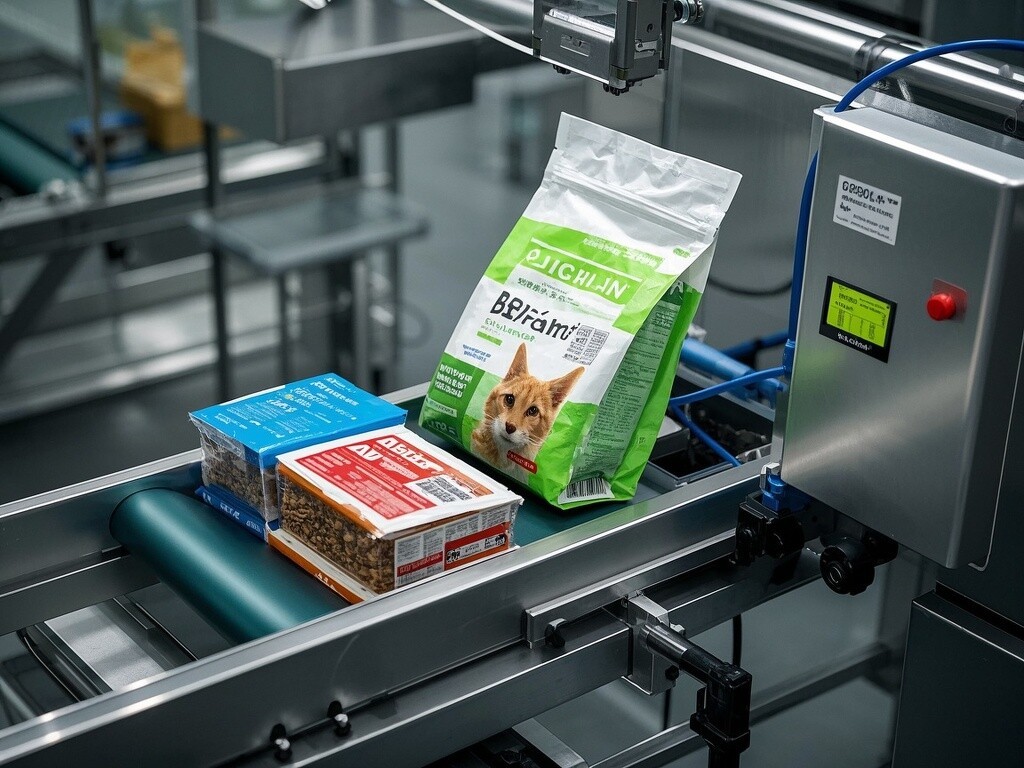NEWS
As the pet food industry continues to grow, manufacturers and consumers alike are paying closer attention to the safety, functionality,
and environmental impact of pet food packaging. Packaging plays a crucial role in preserving product freshness, ensuring pet health,
and reducing ecological footprints. Here’s what industry experts say consumers and producers should consider when selecting pet food bags.
1. Material Safety & Barrier Protection
Pet food packaging must be made from non-toxic, food-grade materials to prevent chemical contamination. Many brands now use multi-layer films
with oxygen and moisture barriers to extend shelf life and prevent spoilage. Additionally, UV-resistant layers help protect nutrients from degrading
under light exposure.
2. Durability & Convenience
Strong, puncture-resistant materials are essential to prevent tears and leaks, especially for large or sharp-edged kibble. Resealable zippers or airtight
seals are increasingly popular for maintaining freshness after opening.
3. Labeling & Transparency
Clear labeling is critical, including ingredient lists, nutritional information, expiration dates, and feeding guidelines. Some regions now require packaging
to disclose whether materials are recyclable or compostable.
4. Sustainability Efforts
With rising environmental concerns, many companies are shifting to biodegradable or recyclable materials, such as plant-based films or paper composites.
However, balancing sustainability with functionality (e.g., moisture resistance) remains a challenge.

As innovation continues, the future of pet food packaging lies in smart designs that prioritize pet health, consumer convenience, and planetary well-being.
Awesome! Share to:
Related Posts
- ◉ Compostable Coffee Pod Improves Sustainability and Flavor
- ◉ How sustainable are your coffee packaging bags?
- ◉ What Makes Product Packaging 100% Recyclable or Biodegradable?
- ◉ How does a packaging bag supplier promote the market competitiveness of a brand?
- ◉ How to choose the right coffee packaging bag?
Get in Touch
*We respect your confidentiality and all information are protected.
